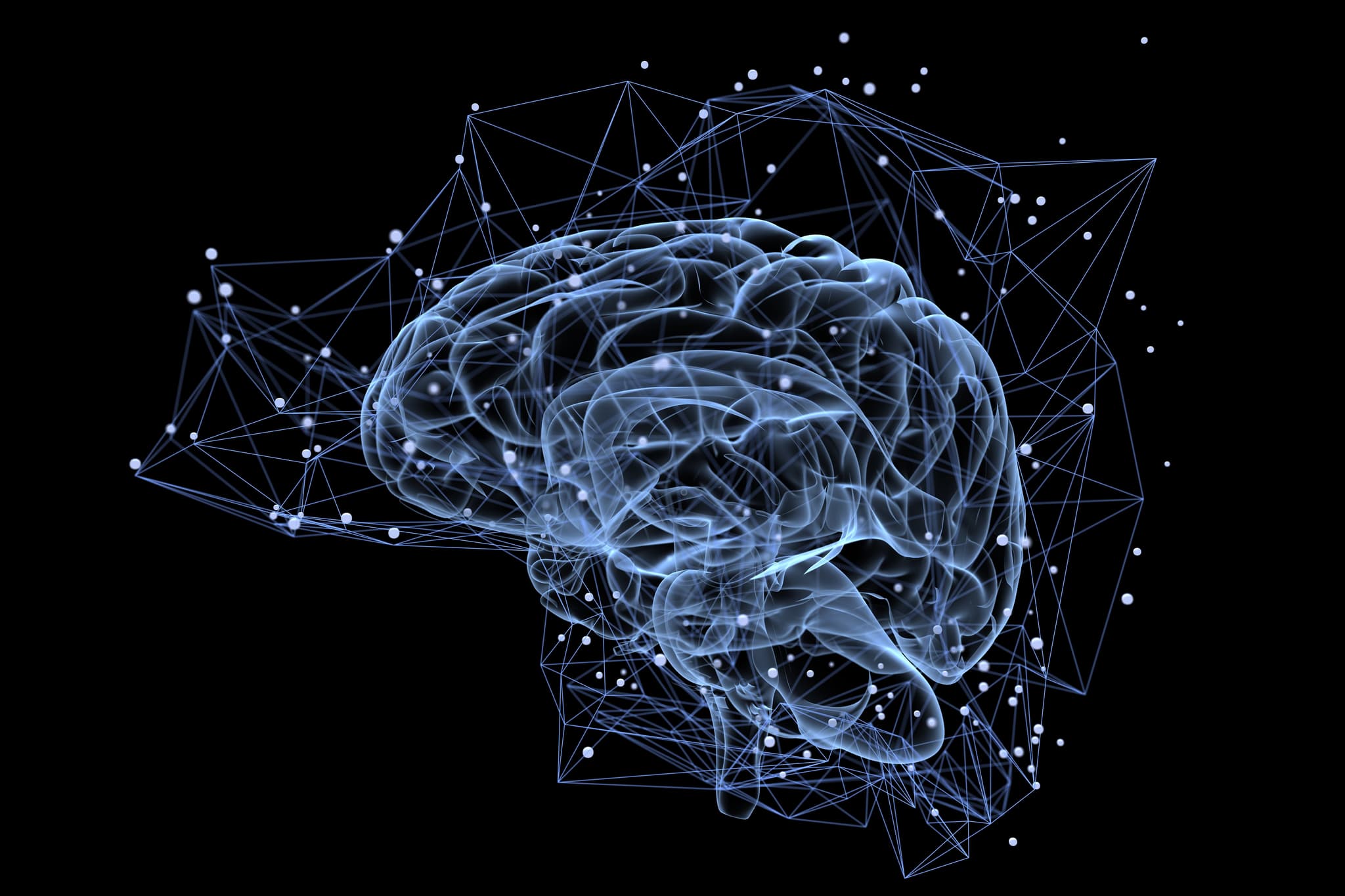
2023-07-31T14:29:37
What Parents Should Know About Pediatric Neurology: A Neurologist’s Guide to Common Conditions and Treatments
- Neurology
- Pediatrics
June 27, 2017 | Neurology • Surgery Center
Specialties:Neurology

Several movement disorders can have an effect on your basic quality of life, and if symptoms become extreme, one area of treatment some patients look to is deep brain stimulation surgery (DBS). Deep brain stimulation is a variation of an old surgery that’s been used since the 1960s.
DBS surgery is more effective than these older surgeries, and may be safer as well. It’s often considered by patients who have not been able to successfully manage symptoms with medications. Here are the kinds of movement disorders DBS can help with, the basics and benefits of the surgery, and things to consider while deciding if it’s right for you.
The term “movement disorder” generally refers to one of these conditions:
Deep brain stimulation is a newer version of a surgery that’s been around for roughly half a century. This surgery previously took forms known as thalamotomy (to destroy part of the brain’s thalamus to block abnormal activity) and pallidotomy (to destroy the globus pallidus, an area that is thought to become overactive during Parkinson’s disease). Deep brain stimulation can deactivate these same areas of the brain, but can do so without purposefully destroying part of the brain—this makes it less risky.
During DBS surgery, an electrode is placed on the tip of the area being treated, and small electrical shocks are given to help shut down that area of the brain. The electrode is left in the brain following treatment, connected by a wire to a device similar to a pacemaker, implanted under the skin. This device generates electrical shocks.
The advantages of deep brain stimulation can include:
For patients with essential tremor or tremor due to multiple sclerosis, the goal of DBS treatment is to control tremor of the arm. Issues like loss of vision, sensation and strength resulting from multiple sclerosis are not helped by this surgery. The procedure does not cure multiple sclerosis or prevent it from getting worse.
In cases of Parkinson’s disease, the goals of DBS are to improve the speed and dexterity of the arm, reduce tremor and block involuntary movements. None of the surgeries related to Parkinson’s disease are able to help with walking or balance issues.
When considering using deep brain stimulation surgery, you should discuss your options thoroughly with your neurologist. If you haven’t tried an adequate round of medications, it’s unlikely surgery will be performed. However, if medications have been taken and have not achieved the desired results, surgery could be an option.
If you’re dealing with invasive symptoms of a movement disorder, your doctor will discuss the potential for deep brain surgery with you if appropriate.
“Deep Brain Stimulation for Movement Disorders.” Cleveland Clinic. http://www.clevelandclinic.org/health/health-info/docs/0900/0953.asp
“Deep Brain Stimulation for Movement Disorders.” University of Pittsburgh Neurological Surgery. http://www.neurosurgery.pitt.edu/centers-excellence/epilepsy-and-movement-disorders-program/deep-brain-stimulation-movement-disorders
WRITTEN BY:
The Live Better Team

2023-07-31T14:29:37

2019-10-15T15:29:00

2019-06-24T09:40:36

2018-06-27T12:00:38
This information is not intended to replace the advice of a medical professional. You should always consult your doctor before making decisions about your health.